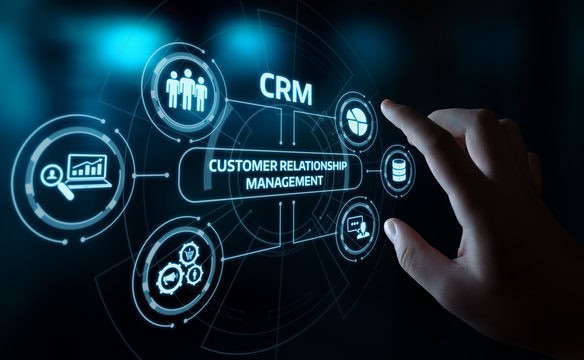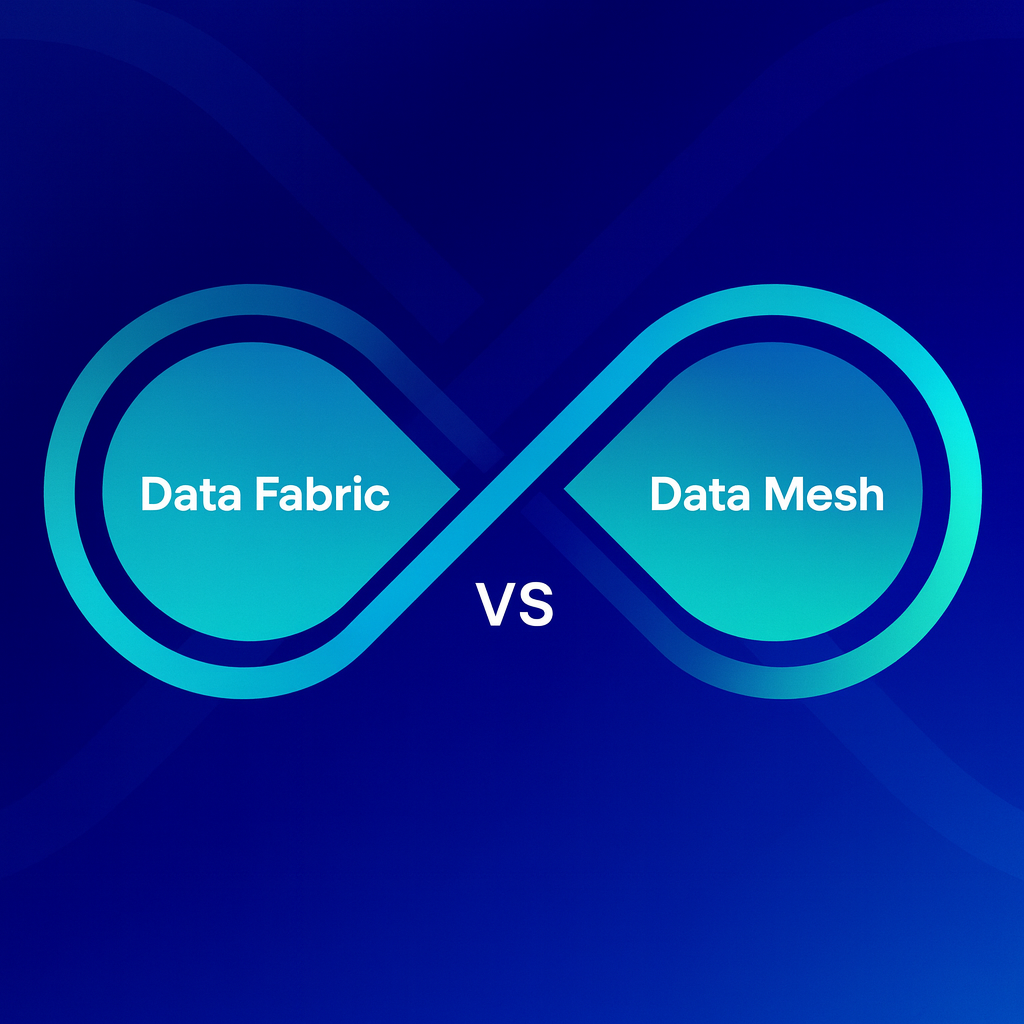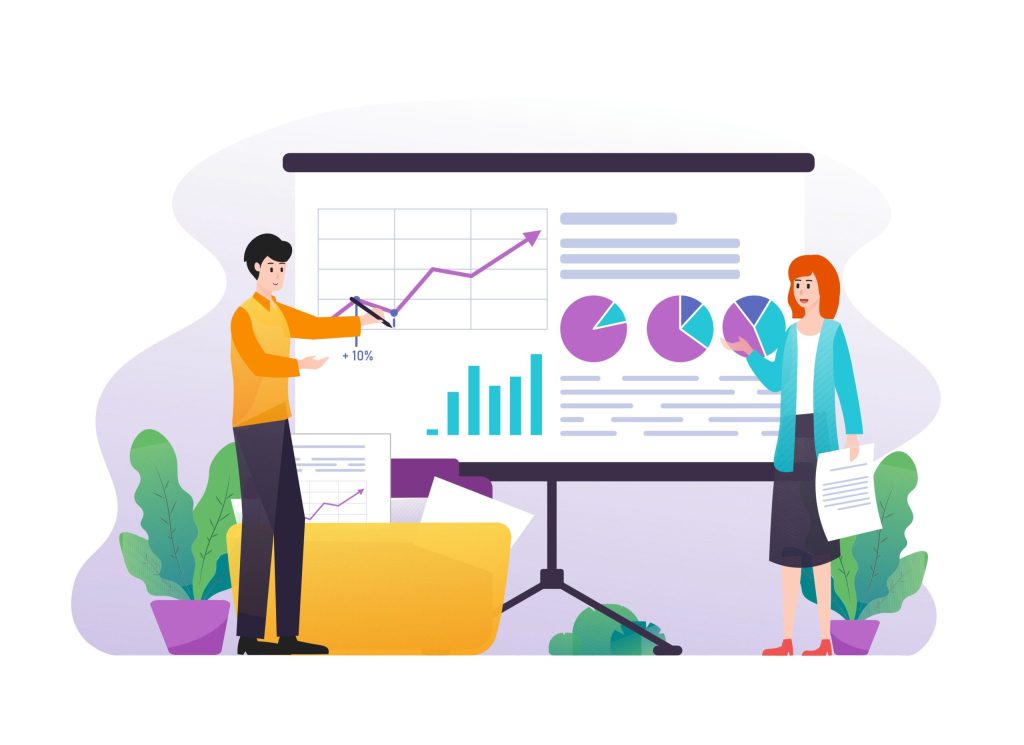Table of Contents
Imagine trying to drive a car with one eye closed and the windshield fogged up. That’s what managing a sales pipeline without integrated CRM data feels like—slow, risky, and full of missed opportunities.
In a world where timing, personalization, and insight are everything, your sales team can’t afford to operate on guesswork. Integrated CRM data is the game-changer your pipeline needs—pulling together marketing, sales, and customer service insights into one intelligent system that drives smarter decisions and faster deals.
Let’s break down how it all works—and why it matters more than ever.
What Is Integrated CRM Data?
Before diving into benefits, let’s clarify the term. Integrated CRM data refers to customer data that’s unified across various platforms—email, website interactions, customer service tools, marketing automation systems, social media, and sales platforms—all feeding into one central CRM system.
This integration provides your team with a full view of each customer’s journey—what they clicked, what they ignored, what problems they’ve faced, and how they responded to past outreach.
In short: No silos. Just actionable insights.
Why Your Sales Pipeline Needs Integration
A traditional CRM system stores contacts, tracks activities, and logs deals. But without integration, your data lives in isolation—like puzzle pieces from different boxes. When everything is connected, your sales pipeline transforms from a basic list of leads to a dynamic, intelligent engine.
Here’s what changes:
? Real-Time Visibility
With integrated CRM data, you don’t have to wait for marketing to hand off leads or guess which prospect to prioritize. Your team gets:
Real-time updates on lead activity
Alerts when prospects engage with emails or visit your website
Immediate access to customer history and preferences
This speeds up the decision-making process and ensures timely follow-ups—when your prospect is most engaged.

? Smarter Lead Scoring
Ever chased a lead that went nowhere? Integrated CRM data helps you score leads based on real behavior—not hunches.
For example, if a lead:
Downloaded a pricing guide,
Attended a webinar,
Opened three emails in a week,
…then your CRM can flag that lead as highly engaged and ready for a sales call.
? Personalized Outreach at Scale
No more one-size-fits-all cold emails. With integrated CRM data, reps can tailor messages based on:
Past purchases
Email interactions
Support tickets
Content consumed
This level of personalization builds trust faster—and shortens your sales cycle.
The Core Benefits of Integrated CRM Data for Sales
Let’s take a closer look at how unified data feeds real sales growth.
1. Accelerated Sales Cycles
Sales reps waste time toggling between platforms or chasing unqualified leads. Integrated CRM data removes this friction. With a clear view of buyer intent, reps can focus their energy where it matters most—closing.
2. Improved Team Collaboration
Your sales and marketing teams should operate like a relay race, not a tug-of-war. Integration ensures both teams have access to the same data, so:
Marketers understand which leads convert
Sales teams get context behind each lead
Everyone aligns around shared goals
Explore more on aligning teams through data in this article on actionable dashboards.
3. Enhanced Forecasting Accuracy
Forecasting used to feel like educated guessing. But with rich, integrated CRM data, you can:
Identify trends in deal velocity
Spot which lead sources yield the most wins
Predict pipeline growth with greater confidence
Data-driven forecasting means fewer surprises—and more control over outcomes.
4. Better Customer Experience
Sales is no longer just about closing a deal—it’s about delivering an experience. When your CRM pulls in support tickets, feedback, and usage data, your reps can approach every conversation with empathy and insight.
That’s how you build long-term customer loyalty.
Real-World Use Case: Integrated CRM Data in Action
Let’s say your SaaS company runs webinars as a lead magnet. Here’s how integrated CRM data transforms your follow-up game:
Registration captured via marketing platform
Attendance tracked and synced into CRM
Behavior logged (e.g., questions asked, poll responses)
Lead score adjusted in real time
Personalized follow-up emails sent automatically
Sales rep notified when the lead opens the email
This isn’t just automation—it’s smart automation powered by unified insights.

Tools That Make CRM Data Integration Easier
You don’t need to build it all from scratch. Here are some popular tools that help consolidate CRM data across platforms:
Zapier – Automates data syncing between apps
HubSpot – Native integrations with sales, marketing, and support tools
Salesforce – Customizable workflows for enterprise-grade CRM needs
Segment – A customer data platform (CDP) to unify user profiles
Also consider exploring custom dashboard solutions from Engine Analytics to visualize this data in real time.
Best Practices for Using Integrated CRM Data
Even the best systems need a strategy. Here’s how to maximize your pipeline impact:
1. Clean Your Data Regularly
Messy or duplicate data kills your insights. Audit and clean CRM data monthly to maintain accuracy.
2. Train Your Team
Your tools are only as good as the people using them. Ensure your sales, marketing, and support teams know how to interpret and act on CRM insights.
3. Segment Thoughtfully
Use tags and filters to segment leads by industry, behavior, or stage in the funnel. This supports more relevant outreach and automation flows.
4. Set Up Trigger-Based Workflows
Let your CRM work for you. Set triggers like:
Send a follow-up when a lead opens an email
Alert a rep when a high-score lead visits the pricing page
Move a deal to “Hot” after a product demo
5. Regularly Review Pipeline Data
Hold monthly pipeline reviews using integrated dashboards to adjust strategies, reallocate resources, and spot opportunities before your competitors do.
Internal and External Resources to Explore
Internal Links:
External Links:
Final Thoughts: Your Pipeline Deserves Better
A cluttered, disconnected CRM isn’t just inefficient—it’s costing you real revenue. Integrated CRM data isn’t just about convenience. It’s about unlocking a smarter, more agile, and customer-centric sales process.
At Engine Analytics, we help businesses like yours connect the dots. Our dashboards and data solutions bring your CRM insights to life—fueling better decisions, faster sales, and measurable growth.
Ready to turn your data into deals? Visit Engine Analytics and see what connected intelligence can do for your pipeline.
Here’s Some Interesting FAQs for You
What’s the difference between a regular CRM and integrated CRM data?
A regular CRM stores contact info and tracks sales activity. Integrated CRM data, on the other hand, pulls in customer insights from various tools—email, marketing, support—so your team has a complete picture of each lead or customer.
How can integrated CRM data improve lead conversion?
By showing how leads behave across touchpoints, integrated data helps reps prioritize the right prospects, personalize outreach, and follow up at exactly the right moment—all of which increase conversion rates.
Do small businesses need integrated CRM systems?
Absolutely. Small teams especially benefit from automation and clarity. Integrated CRM systems eliminate guesswork and help small businesses punch above their weight by using data to focus efforts where they count.
A regular CRM stores contact info and tracks sales activity. Integrated CRM data, on the other hand, pulls in customer insights from various tools—email, marketing, support—so your team has a complete picture of each lead or customer.
By showing how leads behave across touchpoints, integrated data helps reps prioritize the right prospects, personalize outreach, and follow up at exactly the right moment—all of which increase conversion rates.
Absolutely. Small teams especially benefit from automation and clarity. Integrated CRM systems eliminate guesswork and help small businesses punch above their weight by using data to focus efforts where they count.








